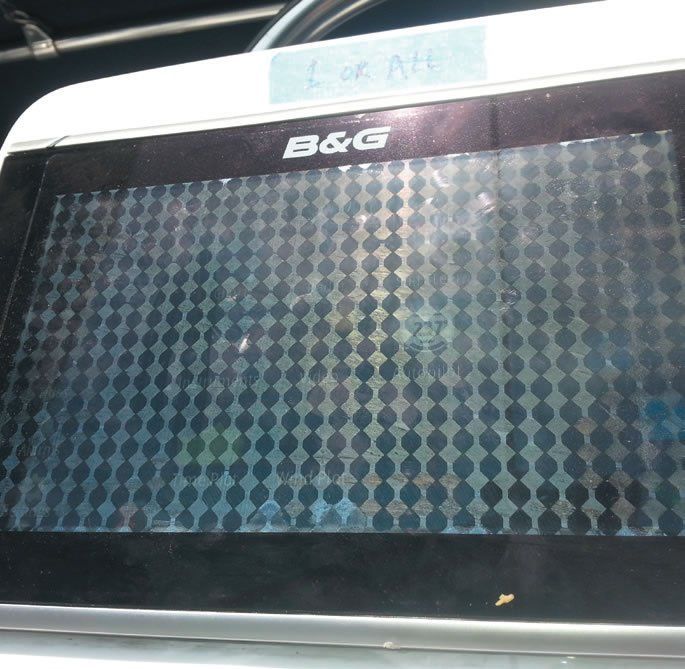More Trimarans Please
Please include more and more articles on smaller trimarans as time goes on such as reviews on Corsair 24s, Ostac Tramps, etc. Since I sold my monohull (ODay 26) I find myself searching for good articles on multihulls and I certainly see more and more of them out on the water than before. Used ones are becoming affordable as the Corsair fleet ages.
Wayne Holt
Ostac Tramp, F Cat 3
Pensacola Beach, FL
You got it, Wayne. The Corsair 24 is featured on page 17 this month.
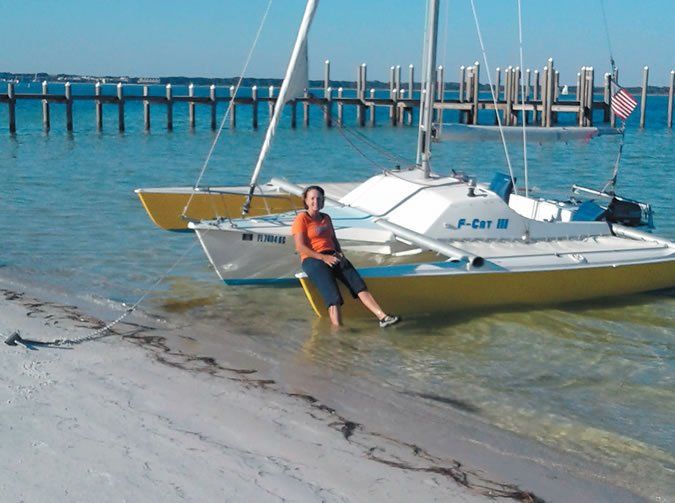
Photo by Wayne Holt
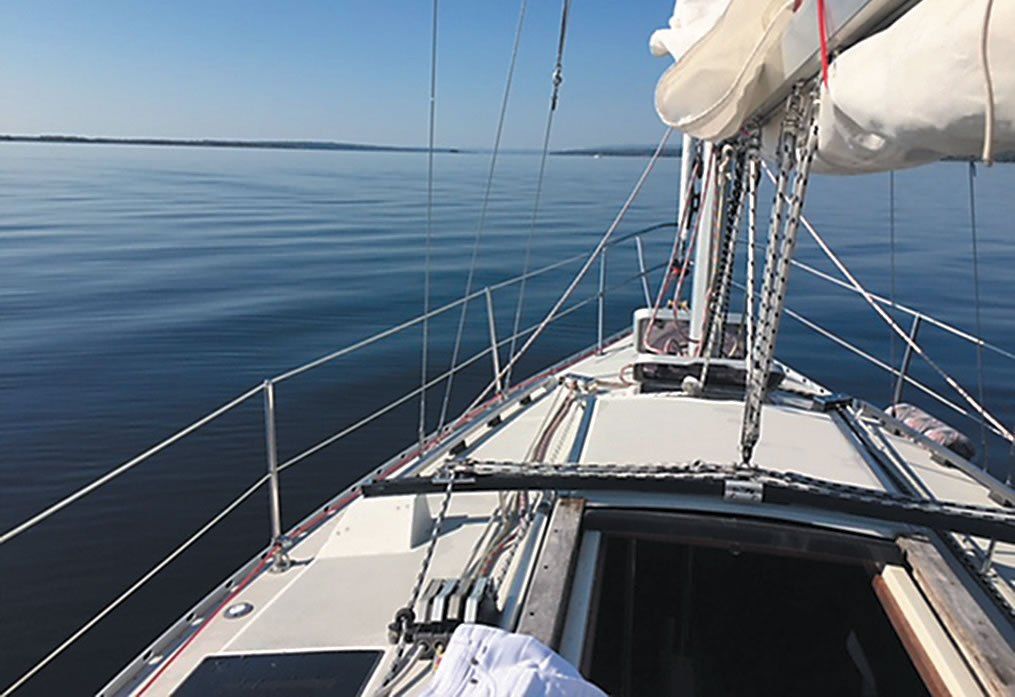
Sailing Camp Memories
My father was the first to delve into his interest in sailing; starting us out with a 12-Kolibri that we threw on the roof of our car (with difficulty) and drove out to sail on nearby lakes and once on the ocean off Kennebunk. I was hooked. We quickly moved up to a 22-footer and then a 30 footer. But my passion took off after a few weeks at sailing camp in my early teens. Rewarding times I will never forget. For a great sailing school/summer camp experience in Ottawa, Ontario, Canada, look up the Nepean Sailing Club. Cheers!
Evan Cobb
ODay 302, Oshi
Ottawa, ON
To find or recommend a camp, check out the recent Inside PS Blog post: PS Readers Favorite Sailing Summer Camps.
LPG Dinghy Outboards
With regards to your article on the new Tohatsu propane outboard (see Tohatsus Propane Engine Ups the Ante, PS December 2017), Id like to add the following:
Though it is true that the Tohatsus 20-inch and 25-inch shaft versions are produced with the sailor in mind (featuring an alternator and a Hi-Thrust Prop), the best-selling unit for us is the 15-inch, short-shaft model.
Despite the need for the propane bottle in the tender, I have spoken to hundreds of boaters who prefer this approach in lieu of a remote fuel tank for a gasoline motor. The cylinder takes up the same space, but as you stated in your review, the motor suffers no issues linked to ethanol-enriched gasoline. Zero. I ran one all season without a hiccup.
I also agree with the point in the article, that this is the main reason why folks are interested in this approach to small-motor propulsion. For some it might be about going green, but for the lions share of boaters I’ve spoken to, it is about having a hassle-free time on the water.
I also ran a second small conventional gas motor for the last two seasons, using Tru-Fuel [synthetic gasoline] in lieu of ethanol-enriched fuel. I had the same hassle free experience. The carburetor was clean at the end of each season. I have not run the numbers to compare the extra cost of using Tru-Fuel to the cost of investing in an LPG motor, but I know my wife would agree that the extra bucks spent on headache-free-motor-starting and zero weekends spent cleaning the carburetor, is worth whatever the financial break-even or loss might be.
Good job, as always, introducing a new product to the recreational boating public. A lot of 5 horsepower Tohatsu LPG motors we sell are going to folks who have recreational vehicles and they don’t want to store gas, except in their RVs main fuel tank. So, the LPG bottles works well for them, and 5 horsepower is all they need. I do wish that Tohatsu would launch a lighter, smaller 3.5 horsepower model on the same concept.
Stephan Lance
President, Defender Industries, Inc. Waterford, Connecticut
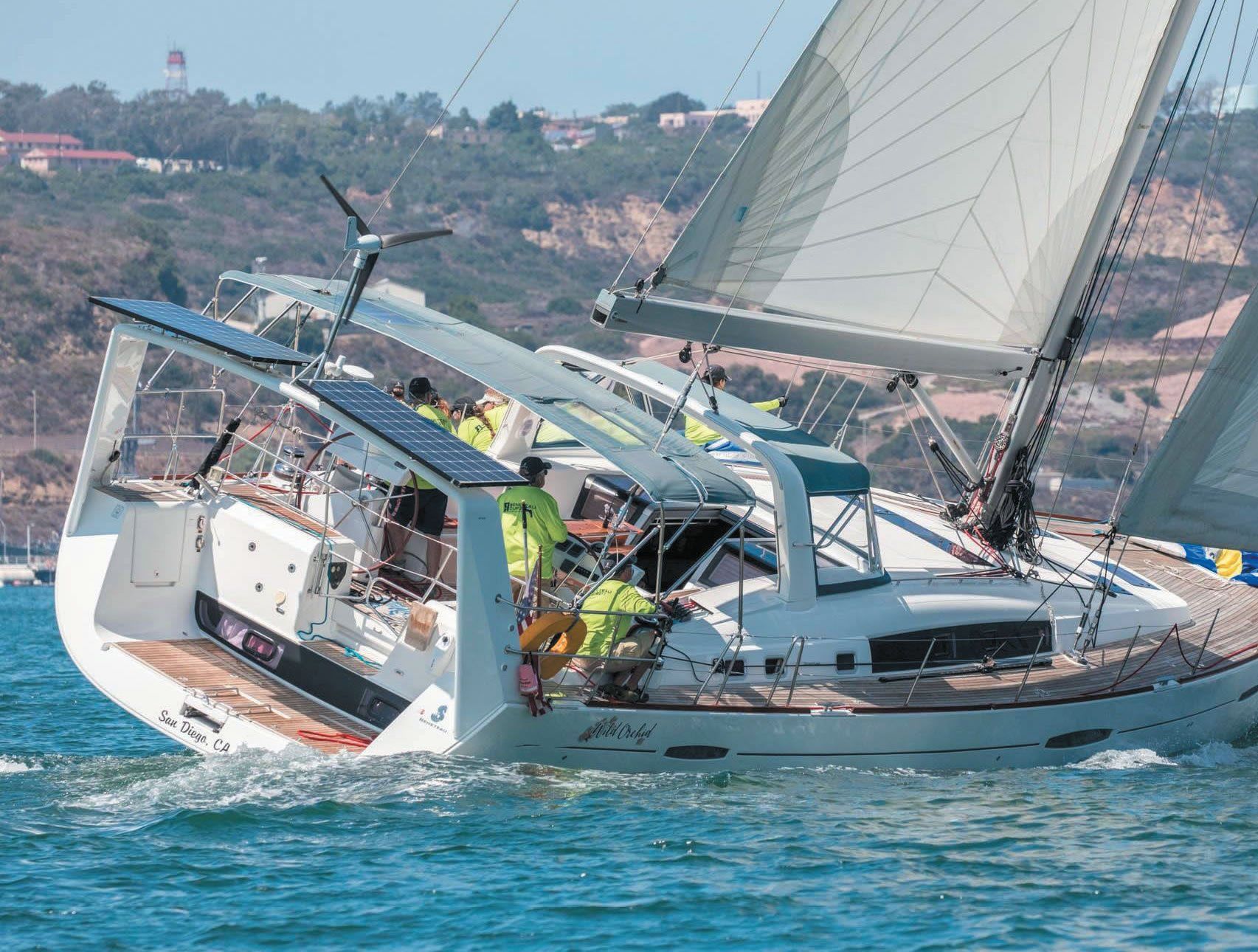
Photo by Bruce Toal
Chest-High Jacklines
Regarding your recent article on chest-high jacklines (see The Pros and Cons of Chest High Jacklines, see PS June 2018) am considering this chest-high arrangement for my 58-foot monohull. It would seem that using a high-tech line would be preferable for its lower stretch and higher strength. I think a 7/16-inch diameter would be good as it is not too small. What type of high tech line would be appropriate for this long run on a big monohull with about 11,000-pounds breaking strength?
Also, I am wondering about loads. I read somewhere that John Neal used pre-stretched polyester line. The 8-millimeter eight-plait pre-stretched line from Marlow has a breaking strength of 5,192 pounds. A 3/8-inch diameter line is the recommended for the CS Johnson fitting. Does the truckers hitch essentially cut the breaking strength in half, assuming a knot reduce strength 50 percent. I thought the goal of a jackline is to have 4,500 pounds of strength. I have seen solutions that go with an eye splice for strength and multiple loops/turns of small diameter Amsteel to tighten and fasten the jackline to the termination point. Thoughts on this approach?
Bruce Toal
Beneteau Oceanis 58
San Diego, CA
Our tester, Technical Editor Drew Frye, responded: I used 7/16-inch high modulus line because I had some leftovers, too short for any other use. It was far stronger than I needed. Starting from scratch Id be happy with a 12-plait Dyneema line like Amsteel Blue (any brand). Yes, you could use a covered line, such as Endurabraid, but it is much harder to splice, requires a much larger diameter, and does not provide that much additional chafe protection. But the polyester cover would give UV protection, chafe protection, and a better grip.
You are right that for a 53-foot boat you’ll need something stronger than the World Sailing minimum, and 11,000 pounds gives a nice allowance for UV and wear. I think you are right on course. In PS September 2012 there was a summary of US Naval Academy testing that suggested a typical pulpit might hold 1,200 pounds, not the required 4500 pounds. While some pulpits are probably strong enough to support a jackline, there are many that aren’t. When in doubt, the line should pass through the pulpit end in some manner and then angle downward to a strong point on the deck. This will also protect a weak pulpit from damage, since these can easily be bent by a single hard fall (it does not take that much to generate a line tension of 1200 pounds).
Yes, gates are a complication. They will need to be very strong. And a truckers hitch weakens the rope about as much as a bowline. The weak spot is the first turn. Eye splices and a lashing is a stronger alternative. I rigged high lines on my boat with clove hitches in place of Aladdin cleats. I used 7/16-inch high tech line, so loss in strength didn’t matter. My reason was that I had sheets inside the shrouds that could snag on the cleats. Every boat is different. (I also have jacklines on the cabin top, some distance inboard. The combination works well.)
Stop Boat Stink
With regards to your recent Inside Practical Sailor blog post More Great Tips for Stopping Boat Stink, I made outlet plumbing out of residential 1-1/2-inch PVC every place possible. Yes, it’s not flexible, but if you do it at any location where the sewage pools inside the drain, like adjacent to the bottom fitting of the tank, it makes a huge difference. I also re-plumbed the vent hose using 1/2-inch CPVC pipe, which is easy to route. Give this vent positive slope all the way back to the tank. I also have had great success with a PVC pipe serving as the tank inlet and outlet. Incoming waste keeps the pathway clear so pumpout is never clogged.
Wayne Richard
1979 S2 7.3 Dark Horse
Keowee Sailing Club,
Seneca, SC
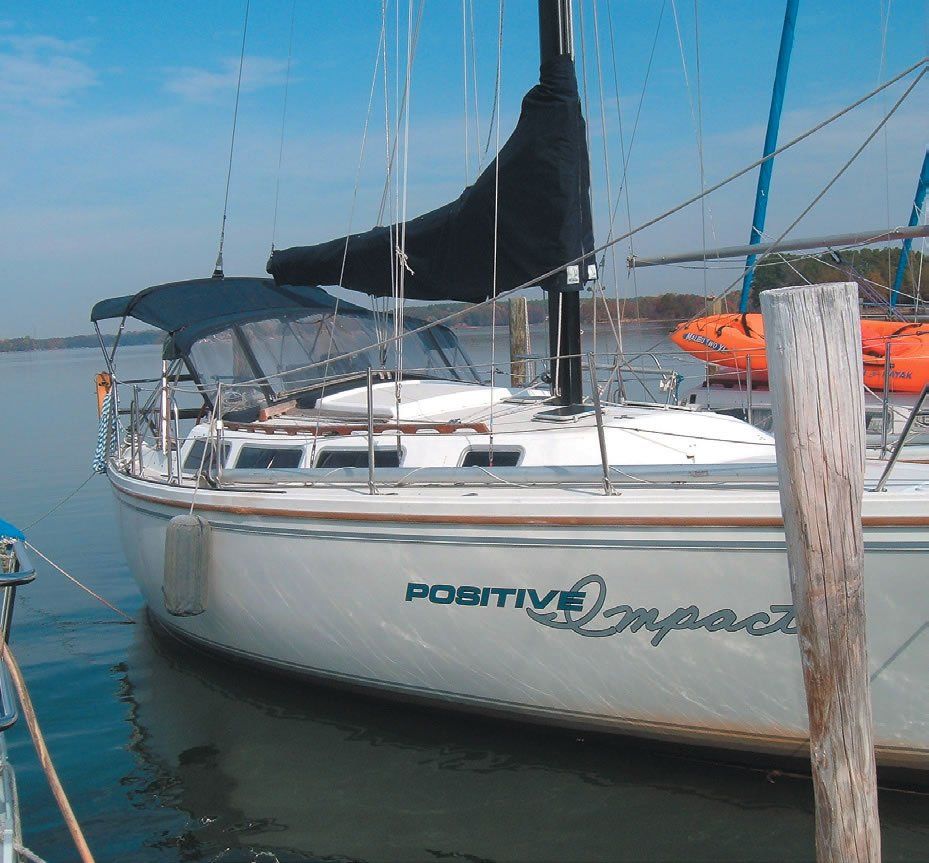
Hose Clamps for Life
Regarding your recent blog post, More Great Tips to Stopping Boat Stink, you should note that AWAB clamps have a solid band instead of a perforated band like the hose clamps you are used to seeing. Rather than the worm drive engaging in the perforations of the band (which obviously reduces the strength of the band), the worm drive engages raised (embossed) ridges. This approach makes for a much stronger, foolproof hose clamp. ABA is another manufacturer of this style, along with AWAB.
Ken Kloeber
Catalina 30 Positive Impact
Lake Norman, North Carolina
Thanks Ken! Our testers reached the same conclusion during our recent long-term test of hose clamps (see AWAB, ABA Top Long-term Test, Practical Sailor August 2014).
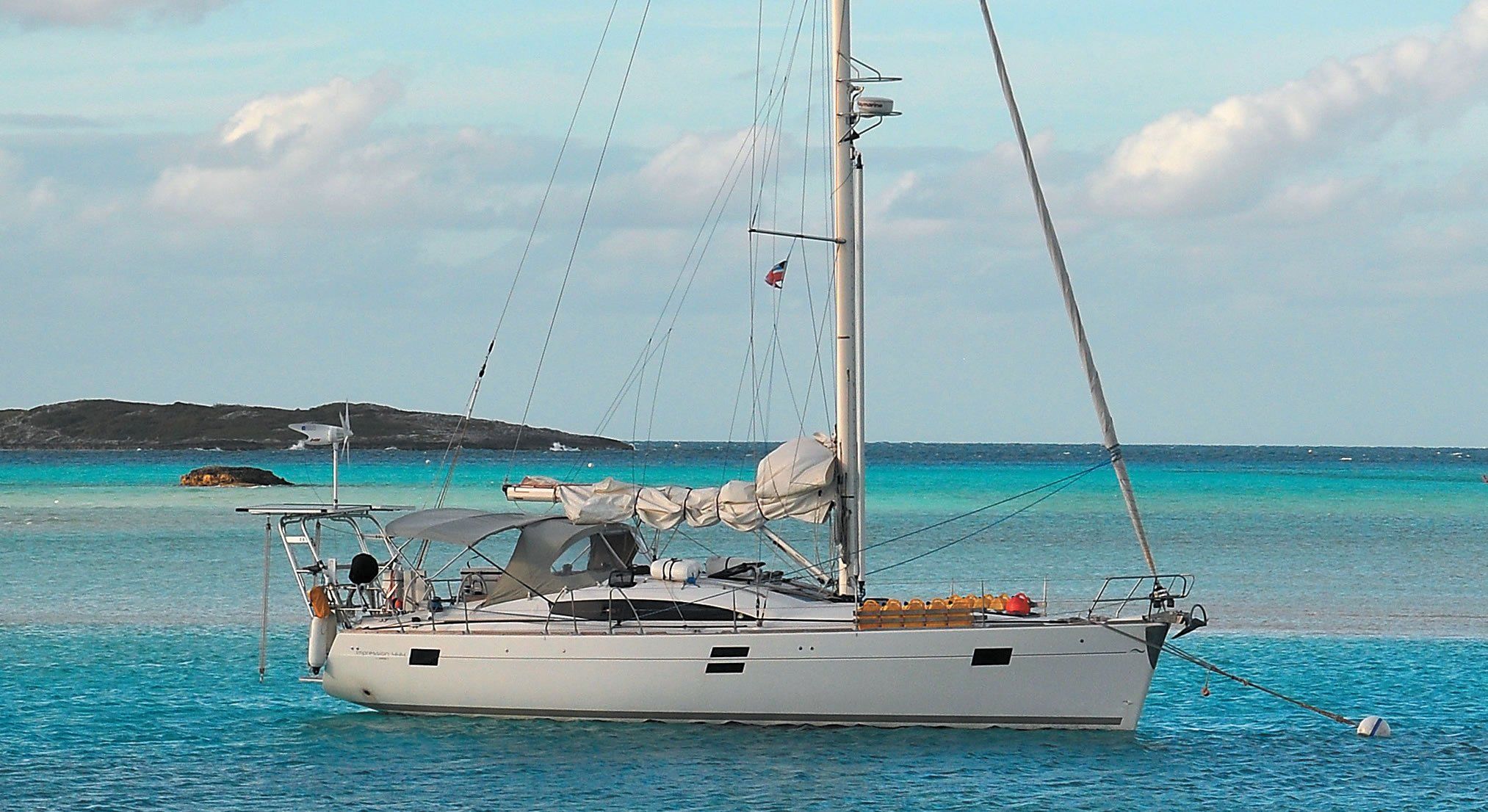
Dinghy Wheels
Regarding your online report Make Your Own Dinghy Wheels, (see Practical Sailor, August 2015). The design you describe does not allow for moving the dinghy when it is bottom-side down as shown in the photo of the man moving the dinghy. In my opinion, dinghy wheels are most beneficial when you must move the dinghy and engine up a beach after a landing. Your design did not allow for this.
Marcus Libkind
Carpe Ventum, Elan 44
San Francisco, CA
Good point. We featured several models that are designed especially for beaching in one of our previous report. (see Dinghy Launchers: Wheels for the Dinghy, PS October 2011).
Fire Extinguisher Check
Your recent report Safety Gear Recalls, (see PS June 2018) prompted me to check my own equipment. As it turned out, my fire extinguishers were original to my 1998 boat. The Kidde recall noted extinguishers have about a 12-year life. I replaced mine.
Barry Needalman
S/V Island Time
1998 Hunter 410
Winthrop, MA
No Chain Connectors
Regarding your recent PS Advisor on chain connectors (see Reliable Chain Connectors, June 2018), I am not aware of any commercial marine surveyor who would accept chain connectors. Nor should a blue water sailors. Given the importance of chain why risk potential weak links? To me these are just as risky as unknown chain specs or skimpy anchors. Chain connectors can and do break. Best I know there are no known failures of American made hi-test chain used within its spec limits.
Peter Berman
Author of Outfitting the Cruising Sailboat
Right on. Continuous shots are always preferred, but for temporary repairs or extensions, the article identifies several reliable connectors.
B&G Screen Fixed
I knew there was something odd about my B&G Zeus2 when I noticed the diamond-shaped touch sensors becoming visible around the perimeter of the screen after less than a year in service. At three years, the screen was completely infected making it impossible to see anything in bright sunlight.
Then I read John Henrys experience, in the April issue of Practical Sailor and realized he identified the cause of my screen problem (see B&G Screen Delaminates, Mailport, PS April 2018). I contacted B&G tech support to discuss my need for customer satisfaction. Initially, I was being sold on a newer version as mine was out of warranty. I said, I was really hoping for better satisfaction as this has been a widespread manufacturing fault that has been corrected. The Tech Support Rep. paused, then said he was going to replace it for me.
Within two weeks I installed the new Zeus in time for an extended summer cruise in British Columbia. I am very pleased with B&Gs desire to keep me as a loyal and satisfied customer, and recommend their great products and customer service.
I reached the company through Lowrance Tech Support, 1-800-324-4737.
Many thanks to John Henry and to Practical Sailor.
Rick Walker
Meerkat!, Catalina 36
Bremerton, WA


































